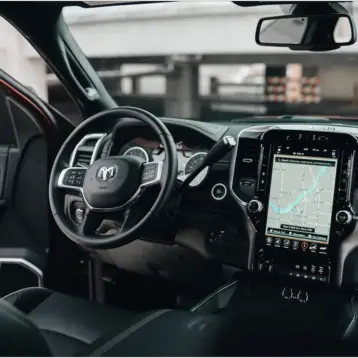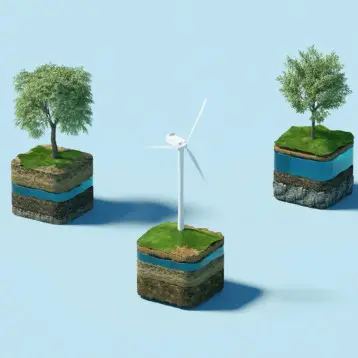|
While previous cantilever-type balances (diving board like balances supported only on one side, resisted by movement and shear stress) are common when measuring the amount of a chemical in the gas phase, their sensitivity decreases in liquids. Instead, a team of scientists headed by Oliver Brand, Associate Professor in Georgia Tech’s School of Electrical and Computer Engineering, decided to use a silicon disk for the sensor, shearing back and forth around its center with a resonance frequency between 300 and 1,000 kHz, depending on its geometry. When pollutant chemicals are absorbed on the surface of the sensors, each specifically coated for a different pollutant, the frequency change of the microbalance provides a measure of the associated mass change.
To establish how to selectively detect various pollutants, Brand collaborated with Boris Mizaikoff, Associate Professor at the Georgia Tech School of Chemistry and Biochemistry and Director of the Georgia Tech Applied Sensors Laboratory.
Mizaikoff and his graduate students coated the surface of each sensor with a thin film membrane of different hydrophobic polymers. By modifying each transducer with a different polymer membrane, the scientists made each sensor selective for different groups of chemicals. An array of sensors, each with a different chemically modified transducer surface, can sense different pollutants in a variety of environments. These miniature sensors have many potential applications, ranging from industrial uses to environmental and biomedical monitoring.
Brand and Mizaikoff hope to be able to use the microsensors to detect volatile organic compounds (VOCs) in aqueous and gaseous environments. Emitted from products such as paints, cleaning supplies, pesticides, building materials and office equipment, VOCs are pollutants of high prevalence, damaging soil and groundwater as well as contributing to air pollution. Benzene, a common VOC, has a maximum contaminant level set by the Environmental Protection Agency (EPA) at five micrograms per liter in drinking water. Since many VOCs are present in very low concentrations, the microsensors must accurately measure even the slightest of mass changes. While they have been able to achieve very low concentration levels, the required sensitivity has yet to be achieved. Improvements are constantly being made and researchers plan on running trials on-site screening for rapid detection of pollutants in the air and water.
Further information can be found at the Georgia Institute of Technology website.












